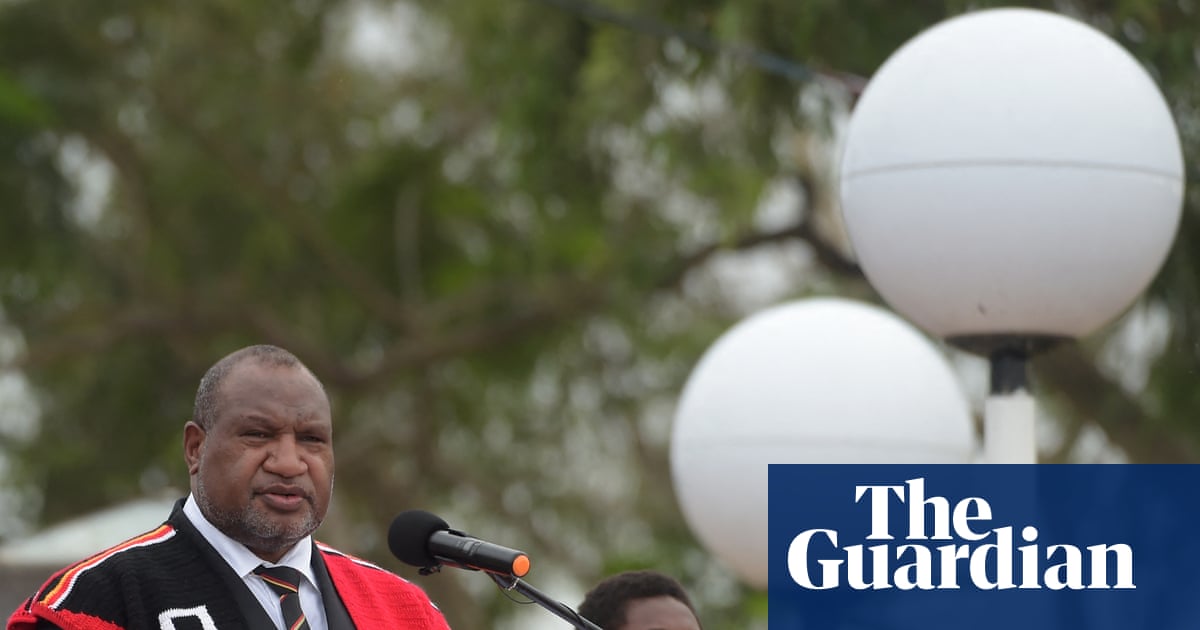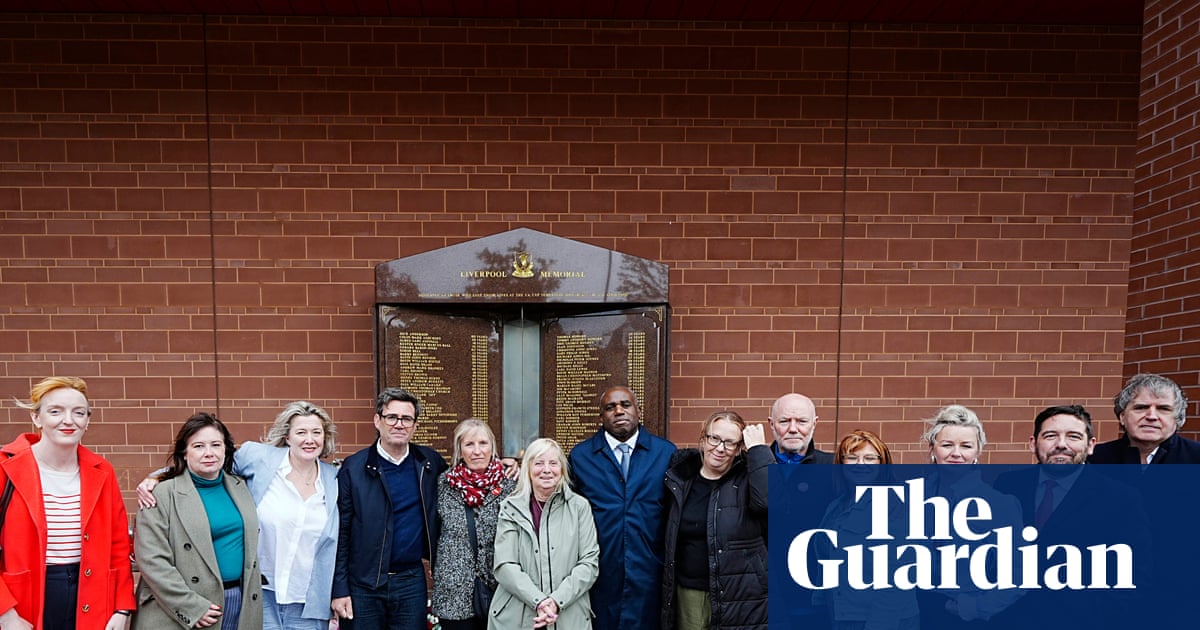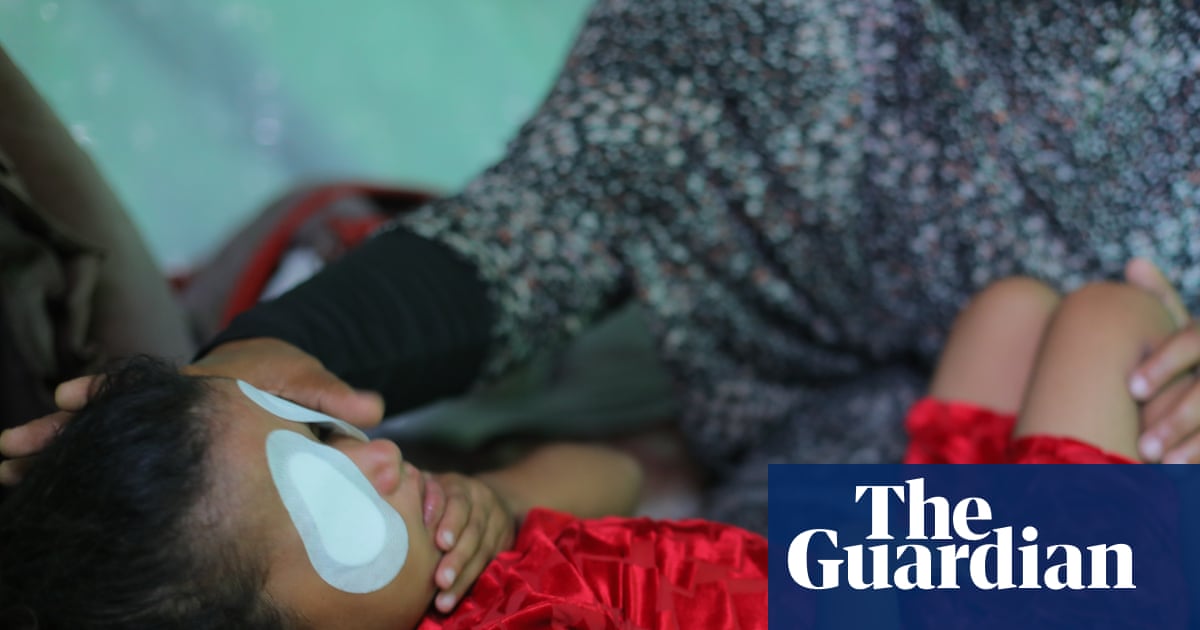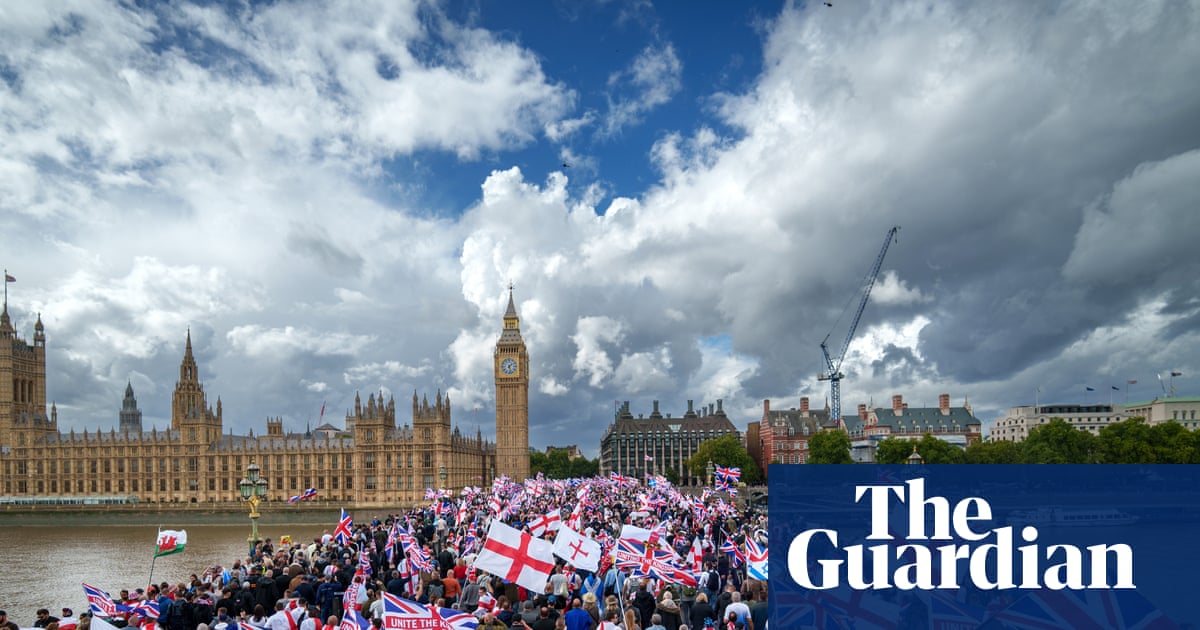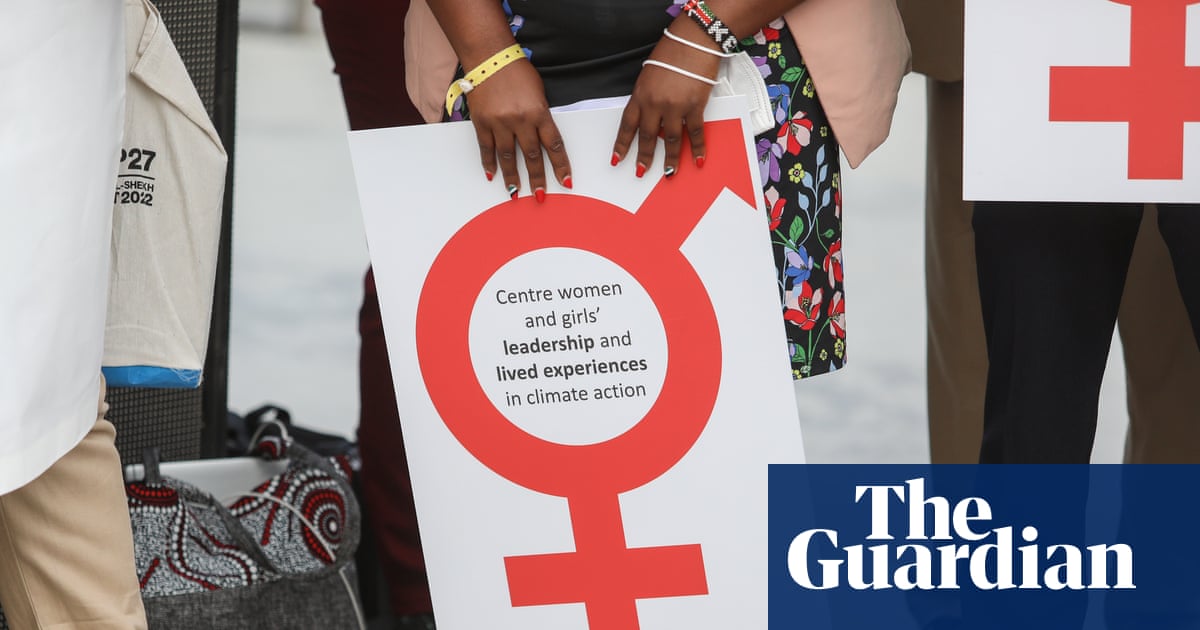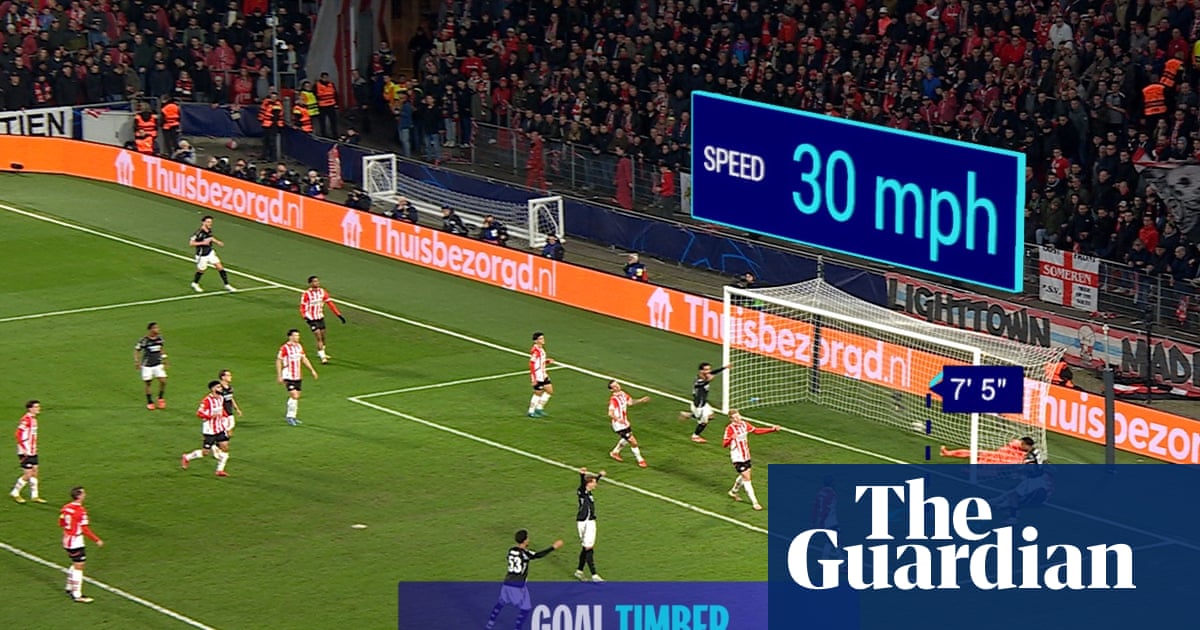‘The boys are alt-right.” This seems to be the new consensus on far-right politics propagated in numerous articles and podcasts. But the media’s obsessive focus on the young men allegedly fuelling the rise of the far right isn’t just empirically flawed – it misses a much more significant shift in public opinion among young people. While many surveys show a large gender gap in support of far-right parties and policies, it is young women who stand out as the more politically interesting demographic, as they are turning in ever greater numbers towards the left.
The idea that young people in general, and young men in particular, disproportionately support the far right has been around for a while. In a classic 2012 study, the German political scientist Kai Arzheimer characterised the “typical” voter of far-right parties in Europe as “male, young(ish), of moderate educational achievement and concerned about immigrants and immigration”. It is frequently used to explain the rise of Donald Trump, while in Europe there has been an explosion of articles claiming that young people, particularly young men, are “driving far-right support”. But is the recent rise of Europe’s far right truly due to the disproportionate support of young men? And are young people really becoming more rightwing?
Levels of support for far-right parties among young people are indeed higher than ever before in many cases. But articles on this subject often fail to mention that far-right parties have increased their support overall, and that support among other age groups is at least as high. A study of the 2024 European elections even showed lower support for far-right parties among young voters (aged 16-29) than among older voters. More interestingly, while young men voted for far-right parties in similar numbers to older men, young women voted less for far-right parties than older women.
Most research shows that young people – both women and men – hold more progressive values than previous generations. While there is a larger gender gap among young people, the main reason for this is not a rightwing turn among young men but a sharp leftwing turn among young women, as Gaby Hinsliff noted in a perceptive recent column for the Guardian.
That the media chooses nevertheless to focus on young men illustrates the male gaze that continues to dominate society, which not only means that whatever men do or think is deemed inherently important and worthy of both academic and political attention, but also sets men as the norm. This ends up strengthening the far right’s political prospects: given that men are the norm, what they supposedly do or think is deemed “normal”, which means that all politicians should come up with “commonsense” policies to cater to them.
To be clear, “the boys” may not be not “alt-right” but they are also not all right. Many studies have found that young men struggle in terms of education, mental health and work. And politically, research shows that while young men do not vote more for far-right parties than older men, they do consider voting for far-right parties in much larger numbers. Moreover, they are more susceptible to “modern sexism” – denying that women continue to be discriminated against and rejecting demands for increased gender equality.
Of course it is important to better understand these developments, particularly given the threat that the far right poses to liberal democracy. But this should not lead us to minimise or even ignore the more pronounced generational shift to the left. That young women are more supportive of abortion rights or feminism than young men and even older women should not be that surprising, given that these issues affect them more directly and personally. Yet they are also more concerned about the environment and more supportive of redistribution and a larger role for the state. Why is this?
This is not just an academic question: it is a political opportunity. Centre-left parties have followed the male gaze into chasing an outdated interpretation of the “working-class” voter (narrowly defined as white men with rightwing sociocultural views). This electoral strategy pushes politics further to the right. Moreover, as decades of academic research have shown, it serves mainly to help far-right parties while hurting centre-left parties, which end up losing (young, female) progressive voters and barely gaining the (male) reactionary voters they court.
Focusing on the priorities and values of female voters (such as actions to fight the climate crisis and strengthen the welfare state), rather than pandering to the reactionary politics of the far right, would have two major advantages for progressive politics in general and for leftwing parties in particular. First, it would transform the political debate: we would talk more about combating the climate crisis, for instance, and spend less time demonising immigrants. Second, it gives young women a reason to come out and vote in larger numbers, which is significant, as “young women abstain from voting more than young men do”. The opportunity is there for the taking.
-
Cas Mudde is the Stanley Wade Shelton UGAF professor of international affairs at the University of Georgia, and author of The Far Right Today

 3 months ago
78
3 months ago
78
